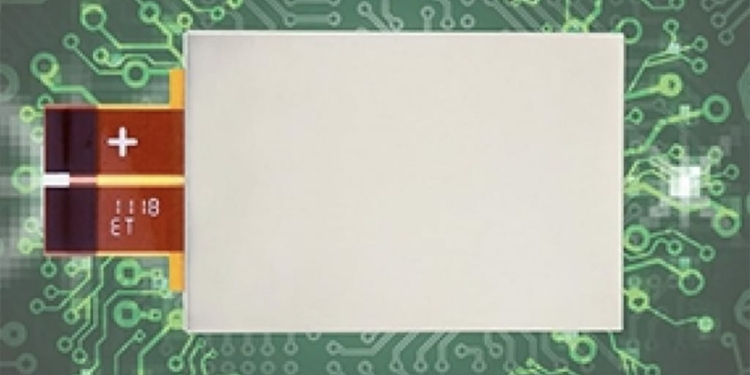Source: Cornell Dubilier news
The new ULP Series of Ultra-Low-Profile aluminum electrolytic capacitors from Cornell Dubilier is a real “game-changer” for engineers designing compact electronic devices. Designed specifically for applications requiring bulk capacitance and the lowest board profiles, type ULP offers considerably higher energy density than arrays of surface mount capacitors. ULP technology allows the circuit designer to use a single component that saves space, weight, and cost while improving reliability.
“With energy density exceeding 0.4 J/cc, a single ULP capacitor provides much greater bulk storage in a smaller footprint than a bank of low-profile SMT capacitors.” claims Mario DiPietro, Product Manager at Cornell Dubilier.
“The technology is particularly effective at displacing parallel banks of SMT solid tantalum capacitors to achieve high capacitance on the board,” continued DiPietro.
Due to its light weight, the ULP is ideal for use in portable devices and is well-suited for a wide range of applications where height profile, board space, and weight are critical design factors. In such situations, the ULP is not only cost-competitive, but it also improves circuit reliability through use of a single component versus an entire array of SMT capacitors.
The ULP is offered in package heights of 2.2 and 3.2mm. Capacitance values range from 500µF to 24,000µF. Working voltages range from 4 to 63 WVDC with an operating life of 3,000 hours @ 85° C. Unlike solid tantalum capacitors, type ULP capacitors do not require voltage derating.
Housed in a highly durable nickel-silver case, the ULP is rated at 10g for vibration withstand. As thin as 2.2mm, ULP Series capacitors are easy to design-in. With flat ribbon-lead style terminations, it is even possible to mount the device off-board. This provides added design flexibility to maximize the use of available space.
Developed by Cornell Dubilier, the ULP breaks away from the cylindrical designs usually associated with aluminum electrolytic capacitors. The ULP design is an outgrowth of the company’s more than twenty years of experience in the manufacture of aerospace-grade flat capacitors.































